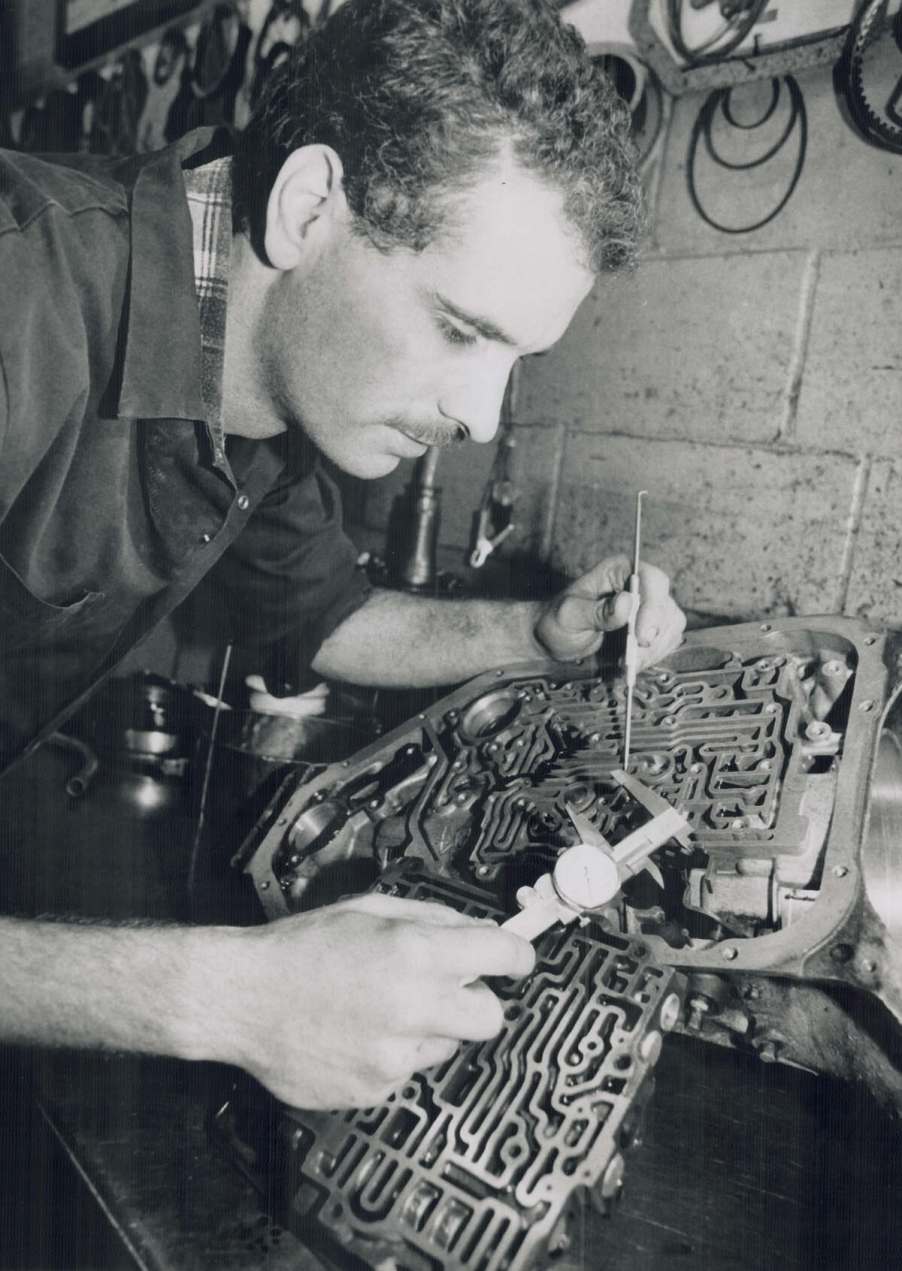
The Worst Automatic Transmissions Ever Made
The automatic transmission is one of those modern marvels we take for granted but (mostly) couldn’t live without. Just like with different manufacturers’ engines and other components, not all are created equal. Some of the earliest automatics, like the Buick Dynaflow, were lugubrious contraptions that, while offering what was advertised, were sluggish and cumbersome crap. But they endured and improved.
It was mostly GM that was trying to create the perfect automatic. Thus, being out in front, it took a lot of unfortunate diversions that populate this treatise. But it wasn’t the sole producer of claptrap slush boxes, as you’ll see.
GM Pontiac Tempest Torque transmission and Rope Drive

Let’s start with a whopper, courtesy of GM. The Pontiac Division was heralding the debut of the Tempest compact back in 1961. But it fought with GM corporate for what it would be. GM wanted Pontiac to do a badge-engineered version of the 1960 Chevrolet Corvair rear-engine compact. Pontiac engineers said Hell no!
But budgets were tight, and so a compromise was put forth. Pontiac would use the platform it was developing with Oldsmobile, but reluctantly, it would use the Corvair’s two-speed transaxle. So far, so good.
The Tempest came with many options, including an aluminum V8 and the heavy iron-block 389 ci V8, cut in half. Voila! Instant 194 ci four-banger. It was a gutless thing, but it did have torque. That’s normally a good thing, but not for a weak transmission like the Corvair’s transaxle setup.
The smart minds at Pontiac knew this would be a problem, so they came up with “Rope-Drive” to ease the sudden torque engineers were expecting. Rope Drive was the glorious name for what was essentially a rubber driveshaft. Yes, we’re serious.
The torque advantage of either engine option would produce a whipsaw front-to-back power surge. At the engine, it could shake it like a paint shaker. At the rear, the sudden burst of torque could grenade the two-speed automatic. Either one or both were responsible for many warranty issues and unhappy customers. But it was classic GM.
Two-speed Ford-O-Matic

GM’s two-speed Powerglide automatic was a good transmission, even though it offered only two gears. Ford wanted one for itself, and so it made a compromised copy in 1959. Most Ford buyers could see between the lines and chose the Fordomatic three-speed automatic to transfer that powerful V8 goodness.
But in 1960, Ford joined the compact car ranks to fight back at the Chevrolet Corvair and Plymouth Valiant/Dodge Lancer with the low-price Falcon. And “low price” was the mantra as Ford was developing it. That went so far as to compromise the engine, which was an 85 hp straight-six. And that was a shame because, in its last years, the Ford flathead V8 had more power than that.
Be that as it may, combined with the Fordomatic, it was a crappy combination, especially with the wide ratio between First and Second gear. The engine was winged up from any stop before engaging Second gear. There was a time when the Fordomatic would have been an OK alternative, but not in 1960 and not in the Falcon. It only made it three years before the superior and well-done C-4 three-speed automatic debuted in 1964.
GM Turbo Hydramatic 200

GM’s three-speed Turbo Hydramatic 200 was an excellent automatic transmission. Behind the Chevrolet Vega, that is. But GM saw dollar signs by hooking its larger V8 sedans to a transmission made for the 110 hp Vega four. It didn’t go well.
GM bonked this transmission in every sedan it made except for Cadillac products from 1976 to 1980. That means those big Buicks and audacious Oldsmobile Rocket 88s. It wasn’t a good marriage, especially when GM was in the midst of dealing with emissions-choking engines and a general retrenchment in quality and appeal.
GM TurboGlide/FlightPitch transmissions

We’re not piling on GM; it is just how automatic transmission history has gone. But one thing we see over and over is how GM likes to shoot low, ever cost-conscious for that mighty bottom line. We get it; that’s why it exists. But sometimes, it cuts costs to the exclusion of producing great cars. And its reputation continues to be hurt by those unfortunate decisions.
Such is the case with the Chevrolet TurboGlide and Buick FlightPitch automatics. While GM was trying to smooth out automatic shifts, which plagued its four-speed Hydramatic automatics, it was noble but futile. Its TurboGlide and similar FlightPich automatics were well-intentioned but a disaster.
First, they were really complex. That’s because as RPMs increase, power is handed off from one turbine to another. Each torque converter had multiple turbines to make for silky-smooth shifts. Each turbine was hooked to a separate planetary gear system.
GM was asking too much from too many components. Warranty work began killing that bottom line, as more and more 1957 to 1961 Chevrolets and 1958 to 1959 Buicks were landing in dealership shops. As an aside, Hagerty says that for years JC Whitney, that mail-order purveyor of auto accessories, made a ton of money with conversion kits to go from the TurboGlide and FlightPitch automatics to Powerglides. GM was watching enviously at this result.



